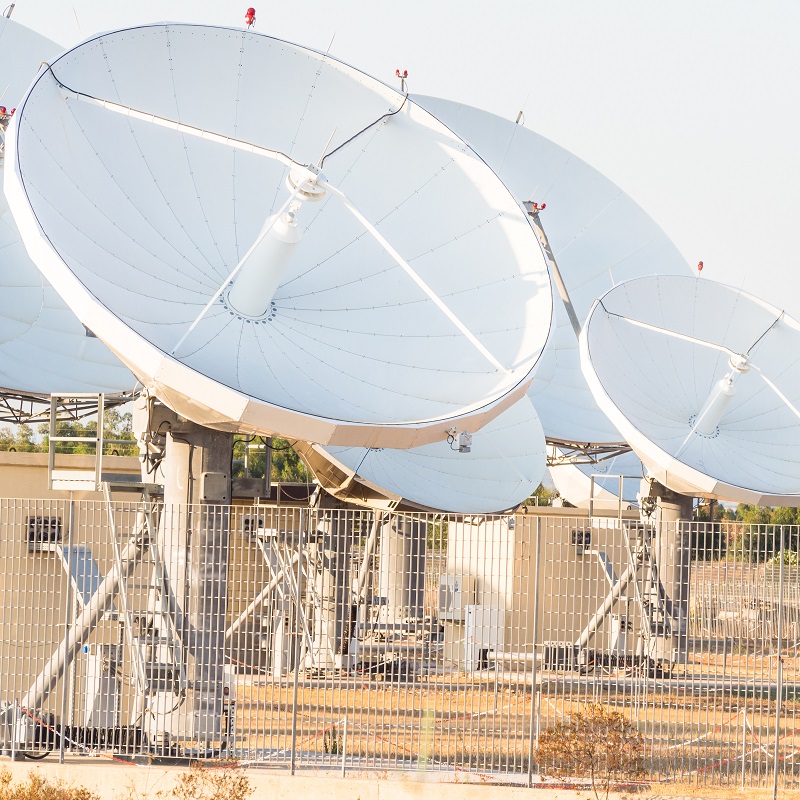
We live in a connected world but for some organisations, their day to day operations depend on remaining connected 24 hours a day, seven days a week. At Orion, we refer to this as critical connectivity.
Major infrastructure such as hospitals and the healthcare system, state transport systems and emergency services all rely on critical connectivity. As do any industries where health and safety legislation requires an active connection for work to take place, such as mining.
In order to have peace of mind that critical connectivity will be maintained, organisations should invest in backup solutions to ensure they have the network redundancy they need. However, we only have to look overseas to see that this does not always happen, and, in the event of connection failing, that the ramifications are mega.
The impact of failure in a nutshell
The risk associated with connectivity failures is huge, as witnessed by the NHS in the UK in early 2018. ‘Technical issues’ caused major outages across Wales and Manchester which led to GPs, hospital staff and healthcare providers having to operate without access to digital records such as blood tests and x-rays, email, internet and other systems. This significantly increased the risk of human error.
The disruption lasted hours at a time the NHS was already stretched and resulted in patients being urged to attend emergency departments only for serious or life-threatening emergencies.
Across the pond in the US, a New York hospital was taken offline after cybercriminals infiltrated the system and took patient data hostage in a ransomware attack.
The Erie County Medical Centre’s level one trauma centre’s computer system remained unavailable for six weeks and staff resorted to pen and paper until the systems were recovered. According to its CEO, the downtime cost the hospital “a lot of money”. Ensuring you maintain critical at all times might seem like a costly exercise but it is likely a drop in the ocean when compared to “a lot of money” caused by avoidable downtime.
Common backup connectivity issues
A common solution to protect against downtime is to ensure a backup connection, or redundant network, is in place. In order to establish true diverse path network redundancy, this secondary network should be with a completely separate provider and delivered via separate infrastructure.
In Australia, terrestrial connectivity is provided via a fibre network within an underground duct, the majority of which is owned by Telstra. An organisation might have a primary network with Telstra and turn to Optus to provide a backup. In this situation Optus is faced with two choices – one is to excavate and install fibre in a new duct at a huge cost. The alternative is to rent the existing duct from Telstra, which would be the first choice in most situations.
An organisation is then supported with a primary connection from Telstra and a backup from Optus. The problem arises however if there is an issue with the duct – whether under the banner of Telstra or Optus, it is in reality one and the same.
A single event, such as errant roadworks, can therefore take out multiple carriers by damaging a single duct containing multiple fibres and leave many with no backup.
On-demand critical connectivity to the rescue
To address this issue, organisations are exploring more reliable ways of establishing true network resilience. Many are turning to satellite connectivity as a backup.
Traditionally, plans for a redundant satellite connection were based on fixed terms. An organisation requiring critical connectivity for a six-month project was often forced to sign up for a 12-month plan. This resulted in organisations paying for high bandwidth and data allowances that often went unused.
At Orion, we understand the need for connectivity to be flexible and that there is no such thing as a one size fits all. So, what is the solution? On-Demand Critical Connectivity.
What is On-Demand Critical Connectivity?
On-Demand Critical Connectivity provides a reliable and high-speed satellite connection available as and when you need it. The connection sits in standby until required and caters to peaks and troughs more adeptly than a standard, fixed term solution.
On demand critical connectivity is growing in popularity not just due to its scalability but for the unrivalled level of control it provides organisations. The solution provides organisations with:
- Improved Disaster Recovery Plan
- Scalable solutions
- Burst capability
- Cost saving
- Access to expert and friendly advice
- Control of bandwidth usage
Do you want to take control?
If you require critical connectivity and want to ensure you have a reliable, scalable and flexible solution in place, read our free guide, On demand critical connectivity: Providing reliable connection when you need it most. The guide highlights key considerations, examples and explanations for on demand critical connectivity to ensure your connection never fails.